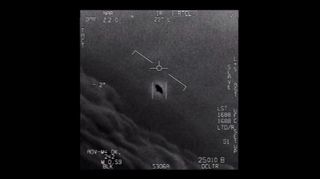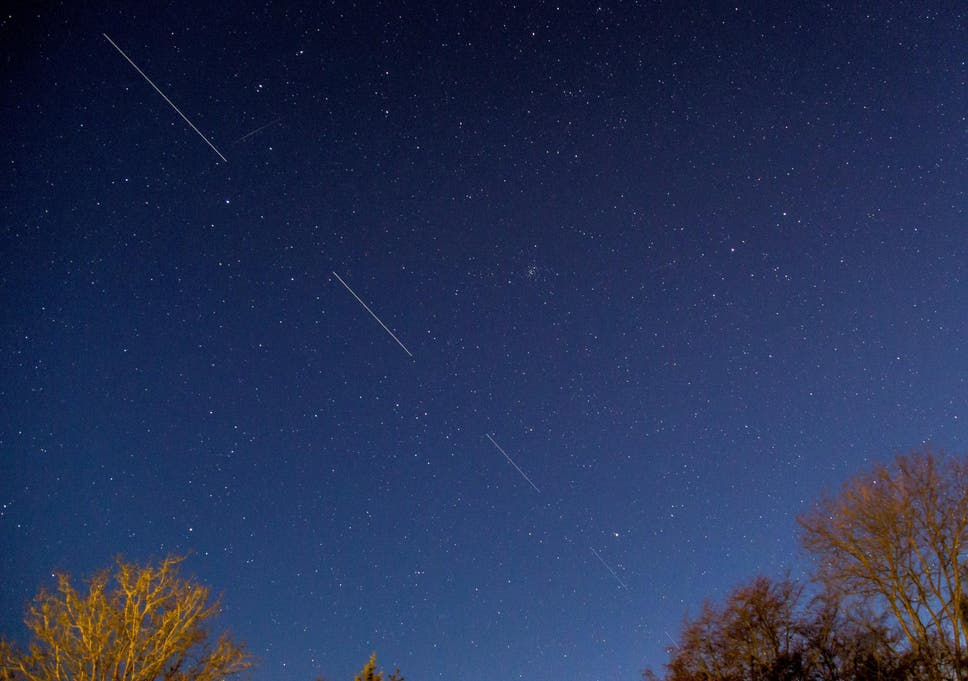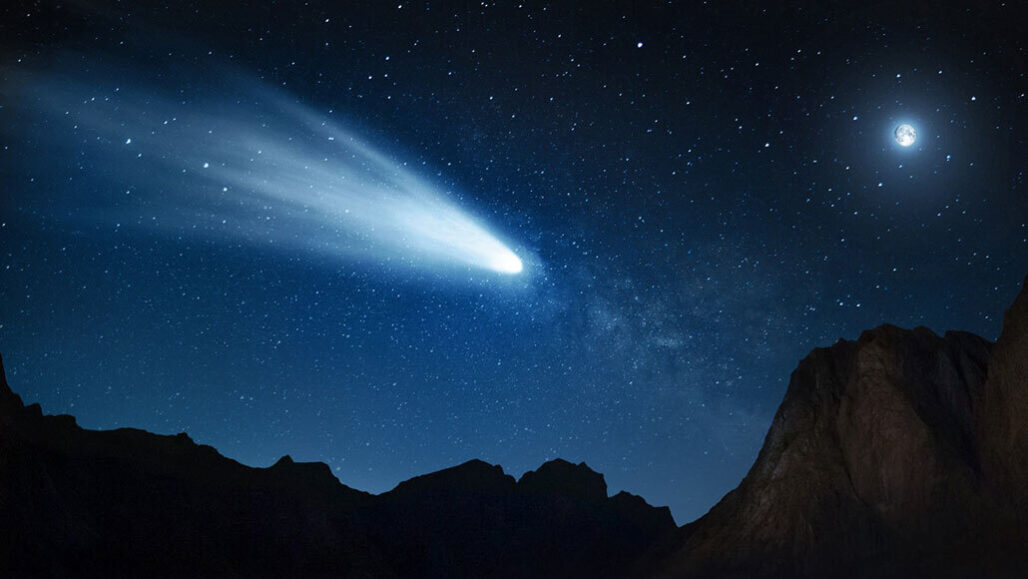THE KURDS GET THEIR WAY
18 August 2020 Ksenia Svetlova
In early August, the U.S. firm signed a surprise deal with the Syrian Kurds to revamp oil fields in northeastern Syria. The deal clearly irritated Moscow, which doesn’t hide its intentions to gain control over oil production in the country and prop up Bashar Assad’s heavily oil-reliant regime. As the Syrian economy continues to deteriorate, U.S.-Russia tensions in the region are likely to grow.

Syria's oil-rich Deir el-Zour province is currently under control of the US-backed Kurdish-led Syrian Democratic Forces. Photo: Sgt. Arjenis Nunez (jcs.mil).
About two years following the U.S. announcement to withdraw from Syria, American oil companies based in the northeast of the country continue to operate and sign agreements with the Kurdish leadership of the Syrian Democratic Forces. Both Syria’s Bashar Assad and his Kremlin backers are not happy.
Russia’s gaining control over the northeastern regions of Syria would signify control over the entire country, weaken other players, and open up access to rich natural resources such as gas, oil, and phosphates. In addition, the Kremlin lusts after the important transport hub located in this area, which is used both to export Syrian gas to Europe and to connect trade routes between Iran, Iraqi Kurdistan, Turkey, and Syria. As of now, all of these advantages remain out of the Kremlin’s reach.
It is, perhaps, for these reasons that when, in early August, the U.S. company Delta Crescent Energy LLC signed a 25-year-long agreement with the Syrian Kurds to modernize the oil fields in northeastern Syria, the news provoked a particularly angry reaction from the Kremlin. According to media reports, one of the clauses in this deal prohibits the Syrian Democratic Forces from sharing profits from oil production with Assad’s regime (which remains under U.S. sanctions).
Russia’s permanent representative to the UN Security Council, Vassily Nebenzia, once again called on the U.S. to end its “occupation of the Syrian oil fields,” and accused it of using “barbaric methods [of oil production] that could lead to an ecological disaster in northeastern Syria and Iraq.”
Profits from oil production in northeastern Syria are currently estimated at about $40 million per month. The United States has no intention of handing this source of income over to the Assad regime. To protect the oil fields in the region, it is building special units that include the Kurds, the Arabs (cooperating with the Syrian Democratic Forces), and the Kurdish People’s Protection Units (YPG), whose purpose is to fend off the attacks of pro-Iranian militias operating in the oil-rich province of Deir al-Zour in eastern Syria.
Most of the Syrian oil is in fact concentrated in the northeastern parts of the country, which are controlled by the Syrian Democratic Forces. In 2011, the Al-Omar field—Syria’s largest oil field—produced about 80,000 barrels of oil per day, with about 40,000 barrels added by the Al-Tanak field. The two largest fields in the Deir al-Zour and Al-Hasakah provinces rendered about 200,000 barrels of oil per day, or roughly half of all oil production in Syria.
Oil revenues are Syria’s main source of income. In 2008, oil production in the country peaked at about 406,000 barrels per day, but by 2018, as a result of the war, it had dropped to only 24,000 barrels per day (not accounting for the black oil market).
During the war, most of Syria’s oil resources came under Kurdish and American control. This turn of events had serious consequences for Iran, which failed to retain control over the Al-Qa’im border crossing—one of the major supply routes across the Middle East. As a result, transportation flows between Iran, Iraq, and Syria have been disrupted. In addition, Iran is now facing Russian competition for lucrative energy contracts with Damascus, and Russian oil companies have already been granted exploration rights in Syria’s internal waters. The Syrian Ministry of Energy estimates its offshore gas reserves at about 250 billion cubic meters. However, as Lebanese experience has recently shown, exploration rights do not necessarily translate into profits.
What are the possible scenarios regarding the fate of the oil fields in northeastern Syria?
Clearly, Russia will not give up its efforts to help Bashar Assad regain control over the northeast of the country—both to get access to the oil fields and to stabilize the Syrian economy. However, the U.S. presence in the region and its willingness to defend the oil fields together with the Kurds signal that the current U.S.-Russia friction in Syria will intensify. Last time Russia tried to take over oil fields in the northeast was in 2018—a failed attempt that resulted in the U.S. killing of several hundred Russian mercenaries. As the Syrian economy continues to deteriorate, Russia might make another try.
A Russian takeover of Syria’s northeastern regions (about a third of the country’s territory) is possible only in two cases: if the U.S. decides to end its presence and withdraw its troops from this area or if the interested parties—including the Syrian Democratic Forces, the central government in Damascus, and its Russian partners—reach an agreement as to how to divide the oil profits. With regard to the U.S. policy, much will depend on the outcome of the presidential election this November.
* This article was originally published on the website of the Interdisciplinary Center Herzliya (Israel).
In early August, the U.S. firm signed a surprise deal with the Syrian Kurds to revamp oil fields in northeastern Syria. The deal clearly irritated Moscow, which doesn’t hide its intentions to gain control over oil production in the country and prop up Bashar Assad’s heavily oil-reliant regime. As the Syrian economy continues to deteriorate, U.S.-Russia tensions in the region are likely to grow.

Syria's oil-rich Deir el-Zour province is currently under control of the US-backed Kurdish-led Syrian Democratic Forces. Photo: Sgt. Arjenis Nunez (jcs.mil).
About two years following the U.S. announcement to withdraw from Syria, American oil companies based in the northeast of the country continue to operate and sign agreements with the Kurdish leadership of the Syrian Democratic Forces. Both Syria’s Bashar Assad and his Kremlin backers are not happy.
Russia’s gaining control over the northeastern regions of Syria would signify control over the entire country, weaken other players, and open up access to rich natural resources such as gas, oil, and phosphates. In addition, the Kremlin lusts after the important transport hub located in this area, which is used both to export Syrian gas to Europe and to connect trade routes between Iran, Iraqi Kurdistan, Turkey, and Syria. As of now, all of these advantages remain out of the Kremlin’s reach.
It is, perhaps, for these reasons that when, in early August, the U.S. company Delta Crescent Energy LLC signed a 25-year-long agreement with the Syrian Kurds to modernize the oil fields in northeastern Syria, the news provoked a particularly angry reaction from the Kremlin. According to media reports, one of the clauses in this deal prohibits the Syrian Democratic Forces from sharing profits from oil production with Assad’s regime (which remains under U.S. sanctions).
Russia’s permanent representative to the UN Security Council, Vassily Nebenzia, once again called on the U.S. to end its “occupation of the Syrian oil fields,” and accused it of using “barbaric methods [of oil production] that could lead to an ecological disaster in northeastern Syria and Iraq.”
Profits from oil production in northeastern Syria are currently estimated at about $40 million per month. The United States has no intention of handing this source of income over to the Assad regime. To protect the oil fields in the region, it is building special units that include the Kurds, the Arabs (cooperating with the Syrian Democratic Forces), and the Kurdish People’s Protection Units (YPG), whose purpose is to fend off the attacks of pro-Iranian militias operating in the oil-rich province of Deir al-Zour in eastern Syria.
Most of the Syrian oil is in fact concentrated in the northeastern parts of the country, which are controlled by the Syrian Democratic Forces. In 2011, the Al-Omar field—Syria’s largest oil field—produced about 80,000 barrels of oil per day, with about 40,000 barrels added by the Al-Tanak field. The two largest fields in the Deir al-Zour and Al-Hasakah provinces rendered about 200,000 barrels of oil per day, or roughly half of all oil production in Syria.
Oil revenues are Syria’s main source of income. In 2008, oil production in the country peaked at about 406,000 barrels per day, but by 2018, as a result of the war, it had dropped to only 24,000 barrels per day (not accounting for the black oil market).
During the war, most of Syria’s oil resources came under Kurdish and American control. This turn of events had serious consequences for Iran, which failed to retain control over the Al-Qa’im border crossing—one of the major supply routes across the Middle East. As a result, transportation flows between Iran, Iraq, and Syria have been disrupted. In addition, Iran is now facing Russian competition for lucrative energy contracts with Damascus, and Russian oil companies have already been granted exploration rights in Syria’s internal waters. The Syrian Ministry of Energy estimates its offshore gas reserves at about 250 billion cubic meters. However, as Lebanese experience has recently shown, exploration rights do not necessarily translate into profits.
What are the possible scenarios regarding the fate of the oil fields in northeastern Syria?
Clearly, Russia will not give up its efforts to help Bashar Assad regain control over the northeast of the country—both to get access to the oil fields and to stabilize the Syrian economy. However, the U.S. presence in the region and its willingness to defend the oil fields together with the Kurds signal that the current U.S.-Russia friction in Syria will intensify. Last time Russia tried to take over oil fields in the northeast was in 2018—a failed attempt that resulted in the U.S. killing of several hundred Russian mercenaries. As the Syrian economy continues to deteriorate, Russia might make another try.
A Russian takeover of Syria’s northeastern regions (about a third of the country’s territory) is possible only in two cases: if the U.S. decides to end its presence and withdraw its troops from this area or if the interested parties—including the Syrian Democratic Forces, the central government in Damascus, and its Russian partners—reach an agreement as to how to divide the oil profits. With regard to the U.S. policy, much will depend on the outcome of the presidential election this November.
* This article was originally published on the website of the Interdisciplinary Center Herzliya (Israel).













